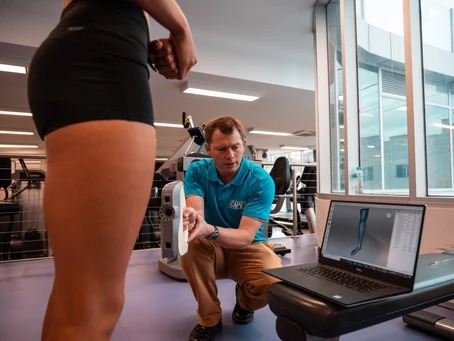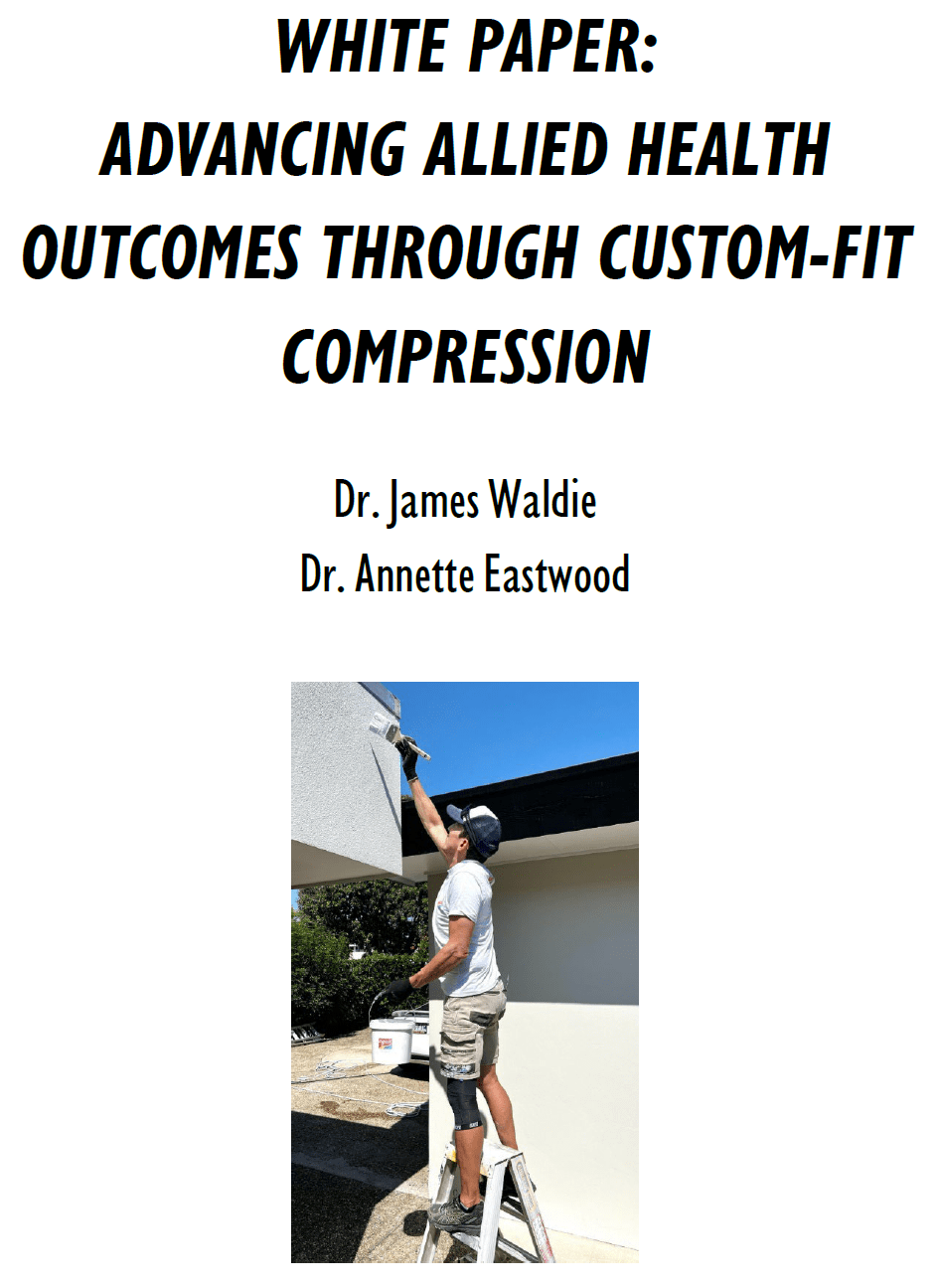The effects of compression garments on performance and recovery have been widely researched over many years. So, what is the current research telling us about the effectiveness of compression garments, and what is the future of athletic compression wear?
Recovery and Performance
Research has shown that compression garments worn during recovery may assist recovery of power, strength, and endurance, as well as muscle damage and feelings of muscle soreness. These findings have been supported by the results of recent meta analyses (3,7) in which the findings of many research studies were analysed collectively.
Compression garments have been found to reduce muscle swelling and creatine kinase levels during the recovery period, which is the suggested mechanism by which compression garments facilitate recovery. It has also been widely reported that compression garments reduce muscle soreness, highlighting the benefits on psychological recovery (3).
There are a number of studies which have demonstrated performance improvements when compression garments are worn. (1,5). Despite the reported physiological benefits of compression, research has produced equivocal results with respect to performance. However it’s possible that the non significant effects reported in recent meta analysis, (4) could be due to the research design and specifics of the compression garments included in the studies.
Limitations of Current Research
A major limitation of the current research and meta analyses are that studies with a wide range of compression regimes were included in the analysis. Some studies included in the meta analyses did not measure or report the compression regime. A number of studies state that compression garments were worn according to manufacturer’s instructions, which is often determined by measures of height and body mass rather than an athlete’s individual measurements.
Research has shown that commercially available garments do not meet pressure requirements for any physiological benefit (6). In addition, it has also been reported that poorly fitting garments can have a detrimental effect on performance (8). Therefore, ensuring optimal fit of compression garments is essential to maximise their effectiveness.
The Future
The current research findings suggest that off the shelf compression garments may not provide adequate compression or specific fit to achieve optimal physiological benefit.
A key recommendation from the latest research, is that the only way to ensure correct fitting compression garments is to create customised compression designed for the body shape and composition of the athlete (2). Unlike off the shelf garments, Cape compression garments are unique in providing customised compression based on an athletes 3D scan to ensure a perfect fit. Cape provide medical grade compression garments with specific compression regimes to ensure optimal physiological benefits. These specific compression regimes have been designed based on years of compression research by Cape Bionics founder Dr James Waldie in his work in designing compression suits for astronauts. Using scientific research to inform practice ensures that Cape provide the most advanced compression wear for elite athletes.
References
1. Broatch, J. R., Bishop, D. J., & Halson, S. (2018). Lower Limb Sports Compression Garments Improve Muscle Blood Flow and Exercise Performance During Repeated-Sprint Cycling. International Journal of Sports Physiology & Performance, 13, 882-890.
2. Brophy-Williams, James W. Fell, Shona L. Halson, Cecilia M. Kitic & Matthew W. Driller (2020): Pressure gradient differences between medical grade and sports compression socks, The Journal of The Textile Institute, DOI: 10.1080/00405000.2020.1730664
3. Brown, F., Gissane, C., Howatson, G., van Someren, K., Pedlar, C., & Hill, J. (2017). Compression Garments and Recovery from Exercise: A Meta-Analysis. Sports Medicine, 47, 2245-2267.
4. da Silva, C. A., Helal, L., da Silva, R. P., Belli, K. C., Umpierre, D., & Stein, R. (2018). Association of Lower Limb Compression Garments During High-Intensity Exercise with Performance and Physiological Responses: A Systematic Review and Meta-analysis. Sports Medicine, 48, 1859-1873.
5. Driller, M. W., & Halson, S. L. (2013). The Effects of Wearing Lower Body Compression Garments During a Cycling Performance Test. International Journal of Sports Physiology & Performance, 8, 300-306.
6. Hill, J., Howatson, G., Someren, K., Davidson, S., & Pedlar, C. (2015). The variation in pressures exerted by commercially available compression garments. Sports Engineering (Springer Science & Business Media B.V.), 18, 115-121.
7. Hill, J., Howatson, G., van Someren, K., Leeder, J., & Pedlar, C. (2014). Compression garments and recovery from exercise-induced muscle damage: a meta-analysis. Br J Sports Med, 48, 1340-1346.
8. Wannop JW, Worobets JT, Madden R, Stefanyshyn DJ. (2016) Influence of Compression and Stiffness Apparel on Vertical Jump Performance. J Strength Cond Res. 30(4):1093-101.


